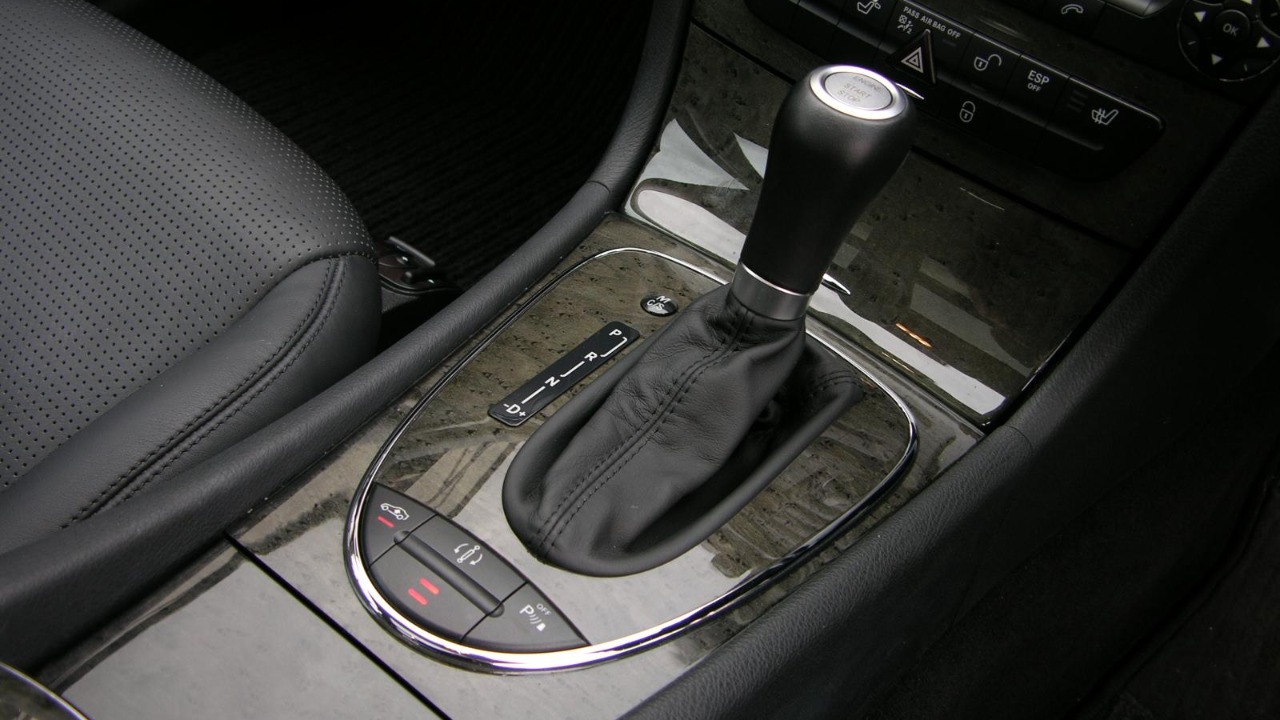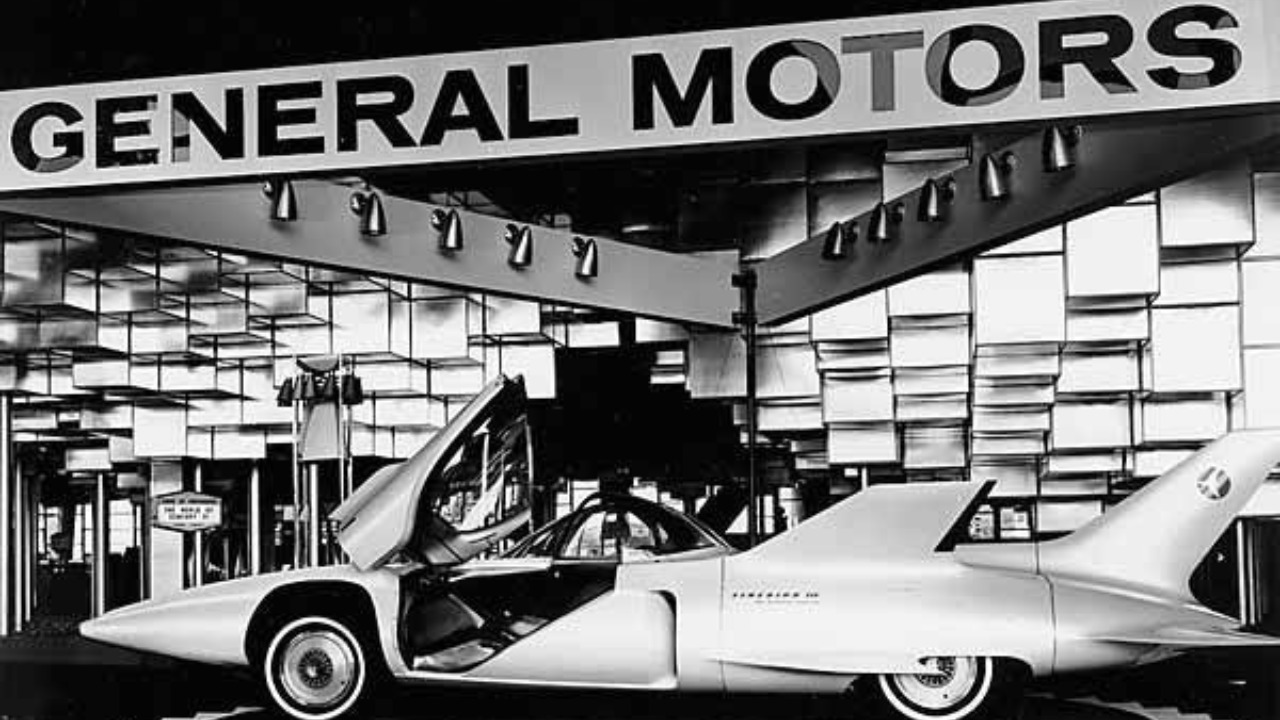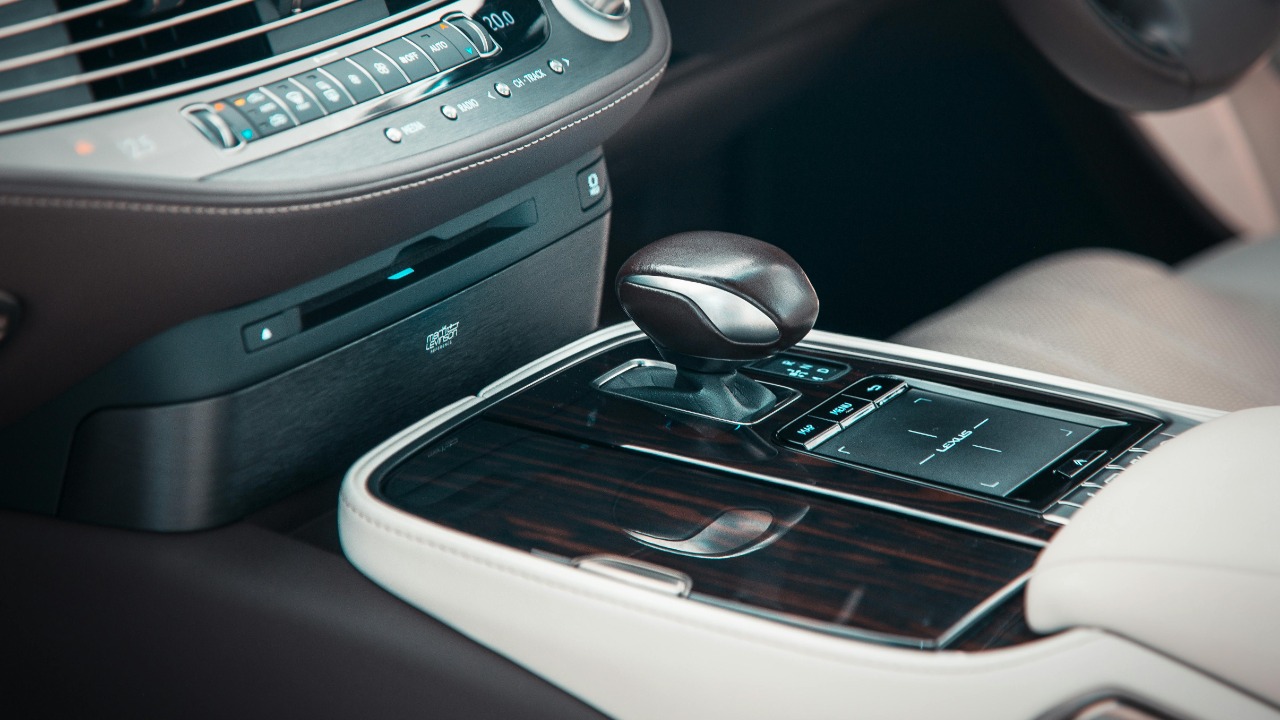
The advent of automatic transmission was a significant milestone in the automobile industry, turning driving into a more accessible and enjoyable experience for many. Let’s delve into the origins of this transformative technology and the first car that had the privilege of using it.
The Invention of the Automatic Transmission

The concept of an automatic transmission was born out of the necessity to simplify the complex task of shifting gears manually, which posed a challenge for many drivers. The first automatic transmission was invented by two Canadian engineers, Alfred Horner Munro and Reuben Harris, in the late 1920s. Munro’s design was based on compressed air and wasn’t commercially viable due to the lack of engine intake vacuum at certain engine speeds. Later, General Motors engineers, Earl Thompson and Oliver K. Kelley, perfected the design using hydraulic fluid, leading to the development of the first practical automatic transmission. You can find a detailed study about the invention of the automatic transmission in this research paper.
Despite its potential benefits, the automatic transmission faced several hurdles during its early stages. The technology was expensive to produce and implement, and many were skeptical about its reliability and efficiency compared to manual transmissions. Nonetheless, the potential convenience and ease of use it offered to drivers fueled its continued development.
The Evolution of the Automatic Transmission

The shift from manual to automatic transmission had a profound societal and technological impact. It made driving more accessible to a larger populace, including those who found manual transmissions too complex or physically challenging. Over the years, automatic transmission technology has seen significant advancements, improving efficiency, reliability, and performance. The technology has evolved into numerous variations such as semi-automatic transmissions and continuously variable transmissions (CVTs). You can learn more about the different types of automatic transmission on this Wikipedia page.
These advancements have not only improved the driving experience but also paved the way for the development of advanced automotive technologies like adaptive cruise control and autonomous vehicles, which require the use of automatic transmissions.
The First Car to Use the Automatic Transmission

The first mass-produced car to feature an automatic transmission was the Oldsmobile Hydra-Matic, introduced in 1940. This was a significant milestone in automotive history, marking the beginning of a new era in driving convenience. The Hydra-Matic was a four-speed automatic transmission that used a fluid coupling and multiple planetary gearsets to provide a range of gear ratios. It was met with a positive reception, and its success influenced other automakers to follow suit. Here is a detailed account of the Oldsmobile Hydra-Matic and its impact on the automotive industry.
The introduction of the Hydra-Matic had a profound influence on future car designs and technology. It demonstrated the potential of automatic transmissions to improve driving comfort and accessibility, paving the way for their widespread adoption in succeeding decades.
The Role of Automatic Transmission in Today’s Automobile Industry

Today, automatic transmissions are ubiquitous in the automotive industry. They have become an essential feature for most drivers due to their convenience and ease of use. Automatic transmissions have also contributed to road safety by allowing drivers to focus more on the road and less on shifting gears.
The future looks bright for automatic transmissions with the advent of electric vehicles and autonomous cars, both of which require the use of automatic transmissions. Technological advancements like dual-clutch transmissions and CVTs offer better fuel efficiency and performance, further enhancing the appeal of automatic transmissions.
The Debate: Manual vs. Automatic Transmissions

The debate between manual and automatic transmissions is as old as the automatic transmission itself. Advocates for manual transmissions argue that they offer better control, fuel efficiency, and are more enjoyable to drive. On the other hand, supporters of automatic transmissions point to their ease of use, convenience, and the fact that they free the driver to focus more on the road.
Currently, automatic transmissions dominate the market, especially in the United States. However, manual transmissions are still popular among car enthusiasts and in regions where they are more economical to own and maintain. Regardless of personal preference, it’s clear that automatic transmissions have made a significant impact on the automotive world. This Reddit discussion provides some interesting perspectives on the manual vs. automatic debate.